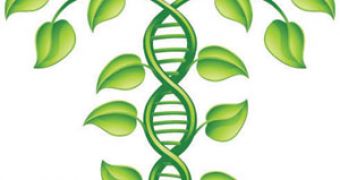Green-oriented groups and authorities seem to have recently taken a liking to a technology known as tree DNA, which apparently is nothing if not successful in terms of supporting the ongoing fight against illegal logging.
The idea is fairly simple: this tree DNA technology basically allows conservationists and authorities to identify the exact origin of the wooden pieces that make up a given piece of furniture.
This means that tracking down and confiscating furniture linked to illegal logging activities is a fairly easy thing to do.
As the researchers who worked on developing and perfecting this technology explain, previous methods of checking to see whether or not various wooden pieces were linked to illegal logging came down to asking the people transporting them to show paper certificates.
However, these can be forged and are therefore less reliable than the tree DNA technology now growing in popularity is, Mongabay reports.
The same source quotes Andrew Lowe, a professor in plant conservation biology at the University of Adelaide, who argued as follows: “CSI rely on use of genetic info for catching criminals. Exactly the same type of analysis is used for illegal logging.”
One such tree DNA test costs under $400 (around €306) and can be performed in just one week's time.
An international team of researchers have thus far succeeded in creating a data base for timber species considered to be of a high value and therefore more likely to be illegally logged by people looking to make a profit by cutting down forests.
Thus, authorities in charge of putting an end to trading activities involving illegally logged timber now have tree DNA maps of Indonesia, Malaysia, Costa Rica, Mexico, Guatemala, French Guyana, Brazil, Cameroon, Nigeria, and Gabon at their disposal.
Most of the times, these maps are used to check whether or not commercially available timber does in fact come from sustainable sources.

 14 DAY TRIAL //
14 DAY TRIAL //